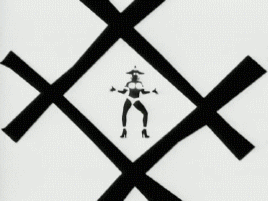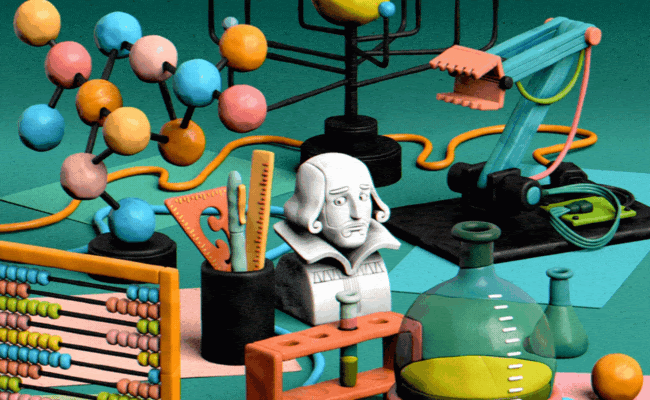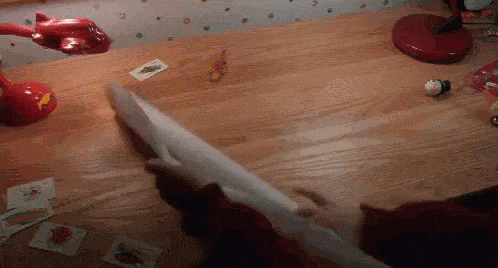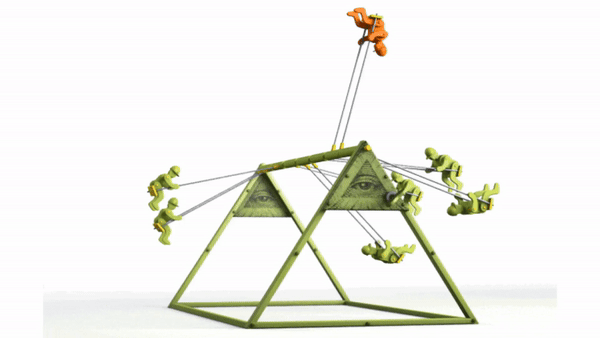If you’ve noticed my absence from email and social media for the last few weeks, it’s because I’ve just spent a month in the US on a family holiday (and if you haven’t noticed my absence, I promise I’m not taking it personally). Even though the trip was entirely recreational, I also found that I was constantly bombarded by ‘signals’ that will influence my work over the next few months and perhaps even the coming years .
For those of you unfamiliar with the term, ‘signals’are the things we find in our environment that indicate how the future might be different. I like to think of signals as ‘the things that make you go hmmm.’

And for those not of my era (or for those of my era who want a little hit of nostalgia) check out C & C Music Factory’s 1990 hit ‘Things That Make You Go Hmmm’
Signals are the unfamiliar or out-of-place ideas that pique our interest. As a futurist, when you come across these things, the secret is to not stop at ‘that’s interesting’ but rather to explore why it’s interesting, what impact it could have, and what the future would be like if the signal was amplified.
Some of the signals I saw felt really positive, such as the uptake of electric vehicles and renewable energy relative to Australia, and how the New York Public Library hosts outdoor activities in the adjacent Bryant Park. Others were less so. I read articles calling for book bans (including books my 12-year-old daughter has already read), and I saw a level of poverty and wealth inequality that often felt uncomfortable.
I commonly suggest to clients that if you want to get better at understanding the future, start by being more intentional in how you look for, capture, and analyse signals from the world around you . But having returned from the US, I’ve also seen that some environments are more conducive to identifying new signals than others. Specifically,you need to look in places that are distinctively different from the places you inhabit every day.
This doesn’t necessarily mean you need to jump on a plane to the US or sub-Saharan Africa; it might just mean going to a conference or event that you wouldn’t normally attend, speaking to people with different life experiences than your own, or reading a publication or news site that you know reflects alternate beliefs to those you already hold.
If you think about it, this is probably not a huge surprise. We know that diversity of thought is key to good decision-making and team success . It would follow quite naturally that a diversity of influences would also help give us a better understanding of the future. The only real challenge is getting away from our normal patterns and places to be able to find signals that are different.






